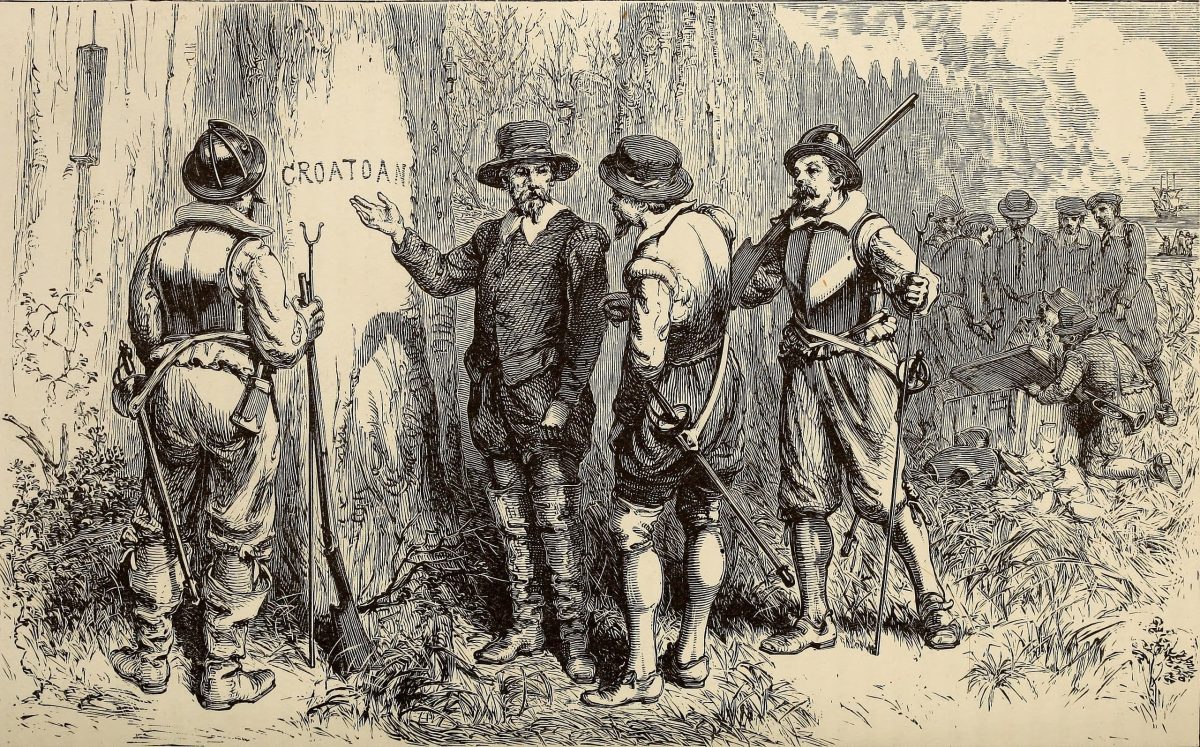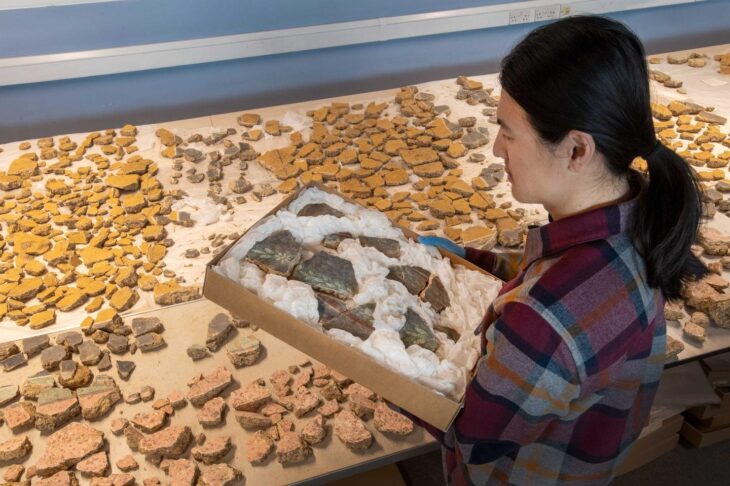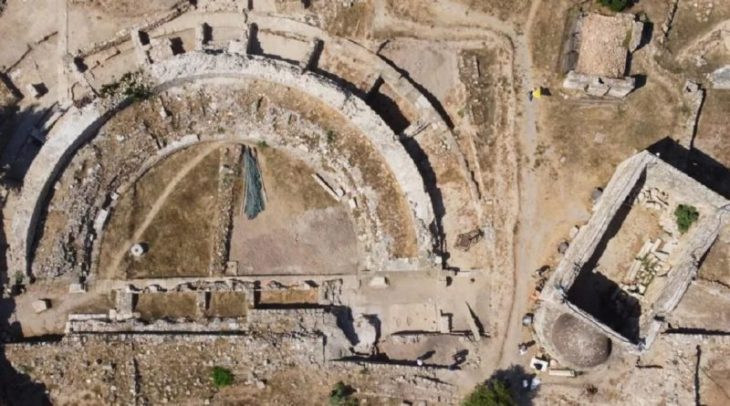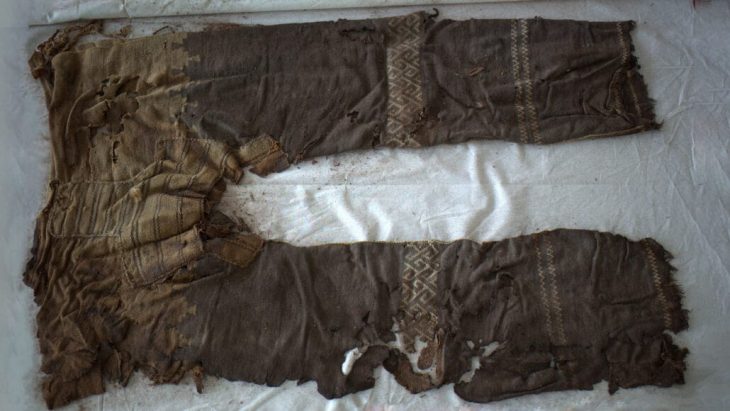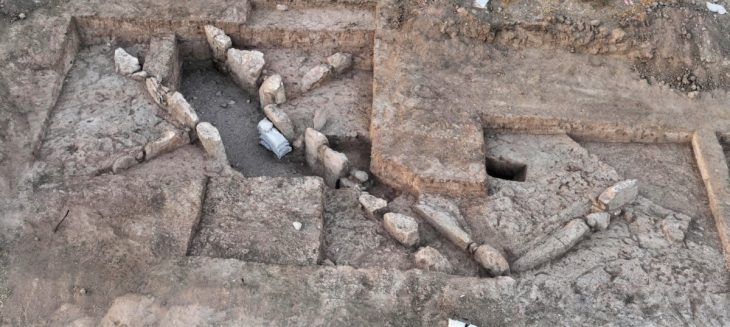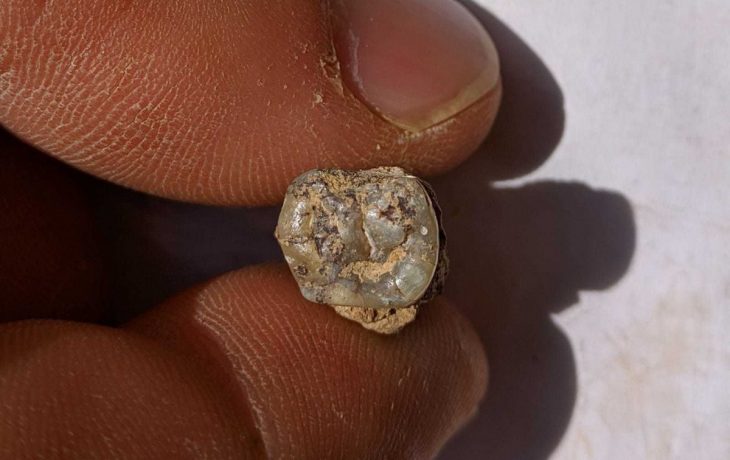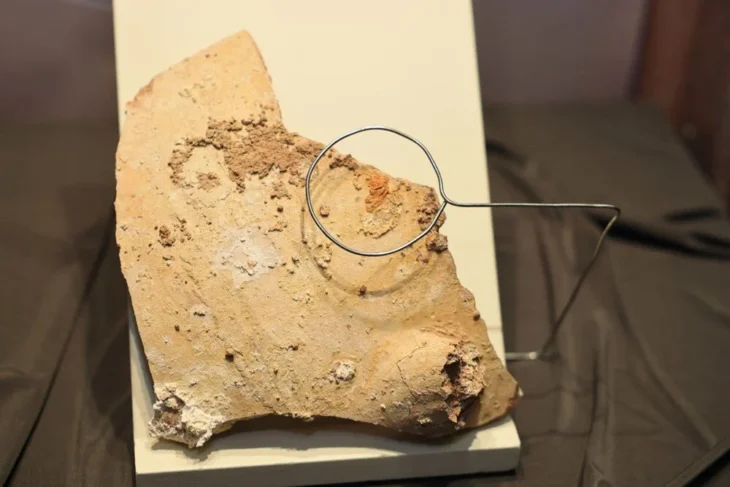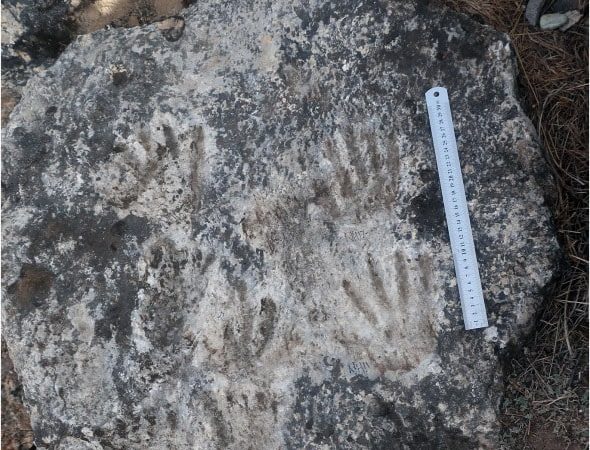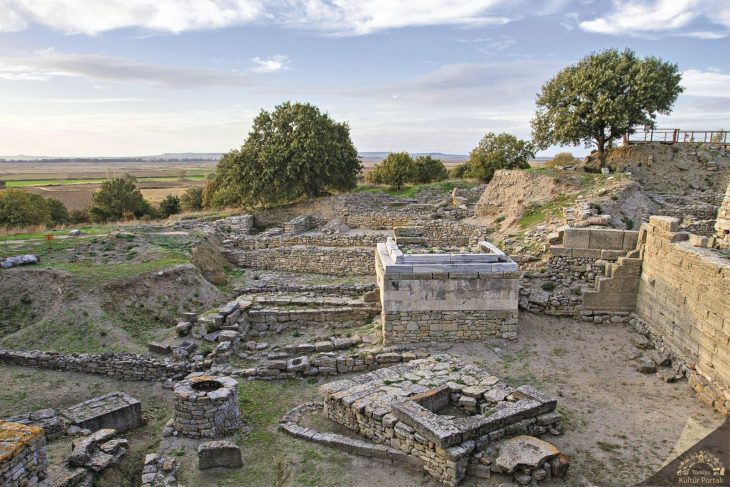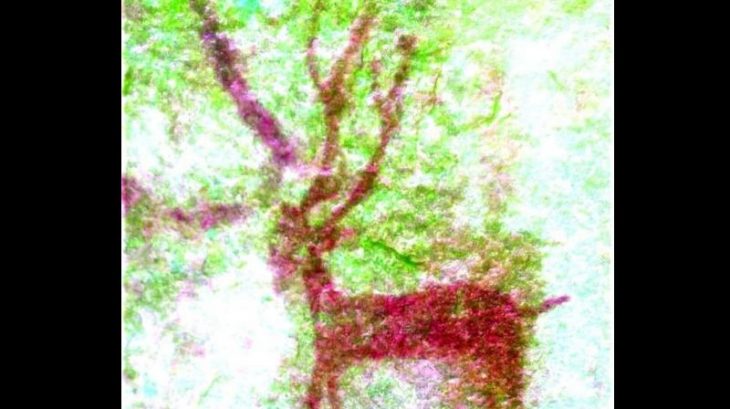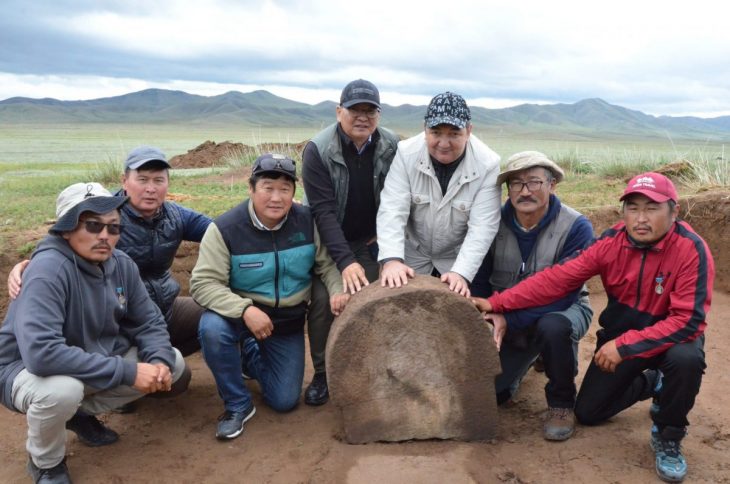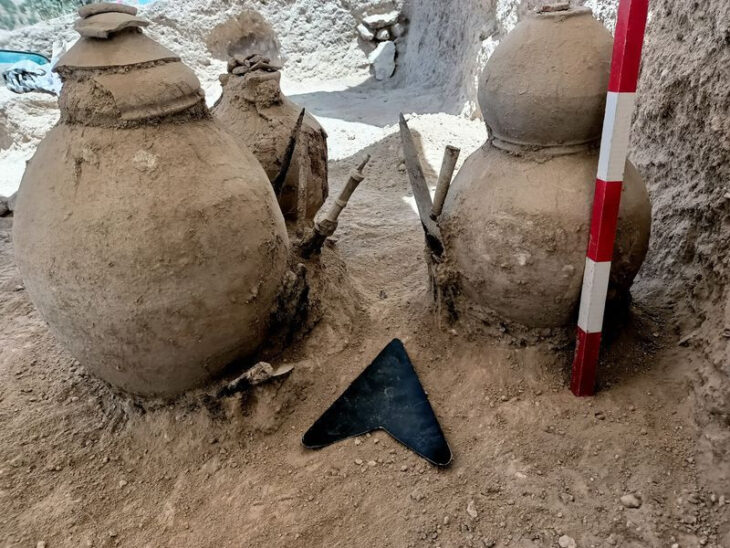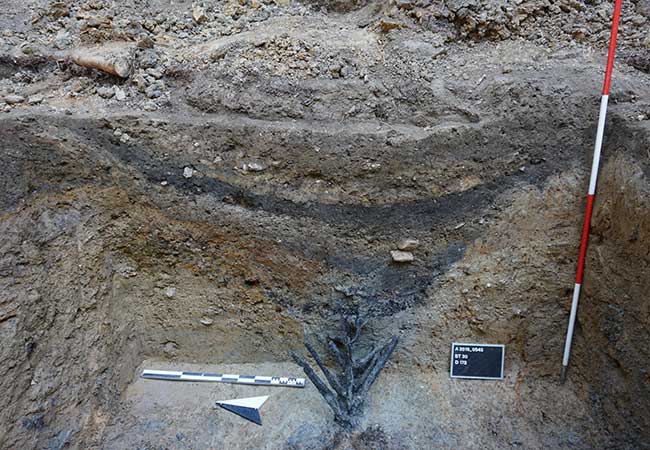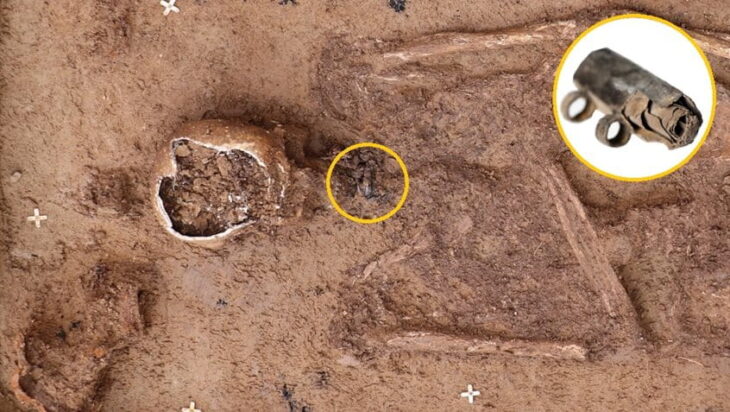Archaeologists from The First Colony Foundation have yielded a tantalizing clue about the fate of the Lost Colony, the settlers who disappeared from North Carolina’s Roanoke Island in the late 16th century.
The story of an English settlement known as the “Lost Colony” of early explorers of Roanoke and Sir Walter Raleigh is one of the most fascinating mysteries in American history.
John White led a party of roughly 115 English settlers who arrived on Roanoke Island, which is located slightly off the east coast of modern-day North Carolina, in 1587. The first attempt to colonize the island had failed a few years prior, so the settlers were the second group to try.
Even from their first days, the settler community had a rocky relationship with some of the Indigenous tribes that lived in the area. Eventually, White returned to England to request more help for his burgeoning community. Along with the other settlers, he left his wife, daughter Eleanor Dare and her husband Ananias Dare, and his infant granddaughter Virginia—the first English child born in America—to continue building the colony.
White arrived in England at the same time as the Spanish Armada prepared to invade the nation, which unfortunately caused a delay in his return to the colony. By the time he returned to Roanoke in 1590, his family and the other settlers had vanished. The word “Croatoan” carved into a tree provided the only meaningful hint as to what had happened to them. The word probably referred to Croatoan Island, about 50 miles (80 kilometers) south.
There are various explanations for what happened to today the “lost” Roanoke colony settlers. Some believe the colonists attempted to return to England on smaller ships, some argue that the Spanish attacked them, while others contend that the local Indigenous communities killed them all. Still, the most plausible response is the only one that genuinely observes the evidence at the location. Most likely, the colonists just became part of the local Indigenous communities and eventually blended in.
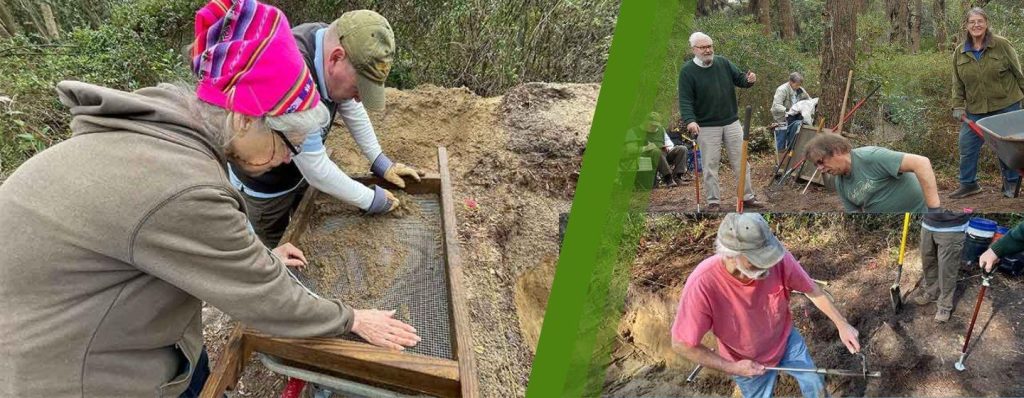
Recently, researchers have concentrated their efforts on the Elizabethan Gardens in Manteo in an attempt to learn more about the fate of the English settlers. There, they found additional evidence of a farmstead that belonged to the Indigenous community known as the “Algonquian village of Roanoke” (also spelled Roanoac), which hosted the explorers in 1584.
Excavations in March 2024 followed discoveries in the summer of 2023, when archaeologists from The First Colony Foundation uncovered what they believe are tantalizing clues. They dug up shards of Algonquian pottery dating back to the 1500s, along with a ring of copper wire they believe could have been an earring once worn by a warrior from an Indigenous tribe.
“Finding domestic pottery—the type used for cooking—in close proximity to an apparent piece of Native American jewelry strongly confirms we are digging in the midst of a settlement,” said Dr. Eric Klingelhofer, the First Colony Foundation’s Vice President of Research. “And Roanoac is the only known village at that site.”
“The copper ring indicates contact with the English,” Klingelhofer continued.
The ring was made of drawn copper, and Klingelhofer believes it was brought to America by English explorers as part of their trade goods. Indigenous peoples did not have the technology to produce such rounded strands, and neither the French nor Spanish explorers ventured as far north as Roanoke Island to trade.
The copper ring would have made for a valuable trade item. Historians say copper had spiritual significance for Indigenous tribes.
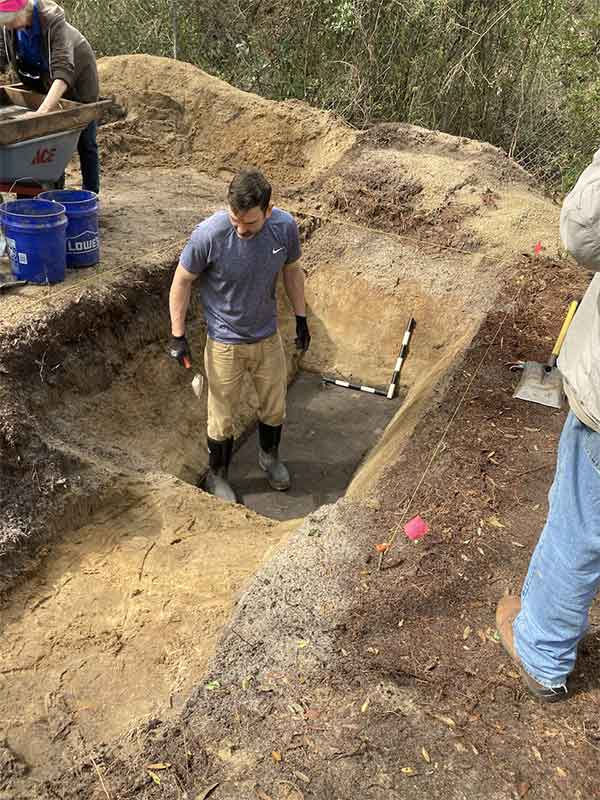
While artifacts were discovered last summer, the objective of the more recent dig was to find evidence of a farmstead where Algonquian families lived, worked and farmed. Archaeologists recovered charcoal and shards of Algonquian cooking pots.
Evidence from the past two digs appears to confirm a theory that the village of Roanoke was palisaded (surrounded by high walls) with about nine houses where the elite warrior class lived. The working class lived outside the walls on farmsteads, raising crops for themselves and the ruling class.
“The objects we found are important, but it’s their relationship to different soils which are evidence of links to the past, and together that’s what tells the story,” said Klingelhofer. “And we’re beginning to see that this site was more of a capital with a tribal seat where a ruler or chief lived, and it would be palisaded to keep him safe.”
The chief presided over a territory that comprised present-day Dare County, Roanoke Island and parts of the mainland at the time of English exploration and colonization.
“The new findings confirm a theory that matches what we know of the village,” added Klingelhofer. “It was described as a palisaded village because the explorers came here and recorded it. And these findings add to our story.”
History shows the colonists said they intended to move about 50 miles into the mainland; Salmon Creek is about that distance. The First Colony Foundation has been working at two sites in that area for years, and researchers are looking for a third site. Another exploration is scheduled for this summer at nearby Fort Raleigh National Historic Site. The goal is to find evidence of the colonists’ original settlement.
Cover Photo: John White finds the message “CROATOAN” at the abandoned Roanoke colony, 1590. The Lost Colony, design by William Ludwell Sheppard, engraving by William James Linton.

